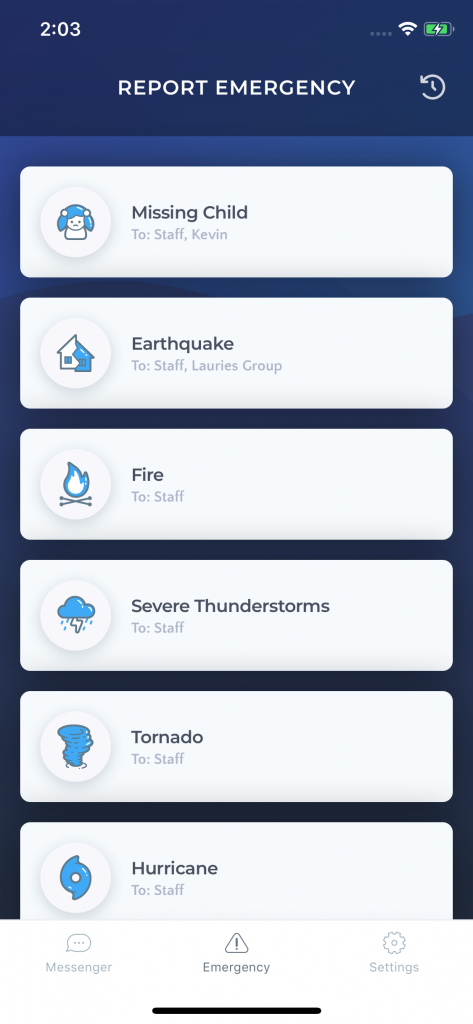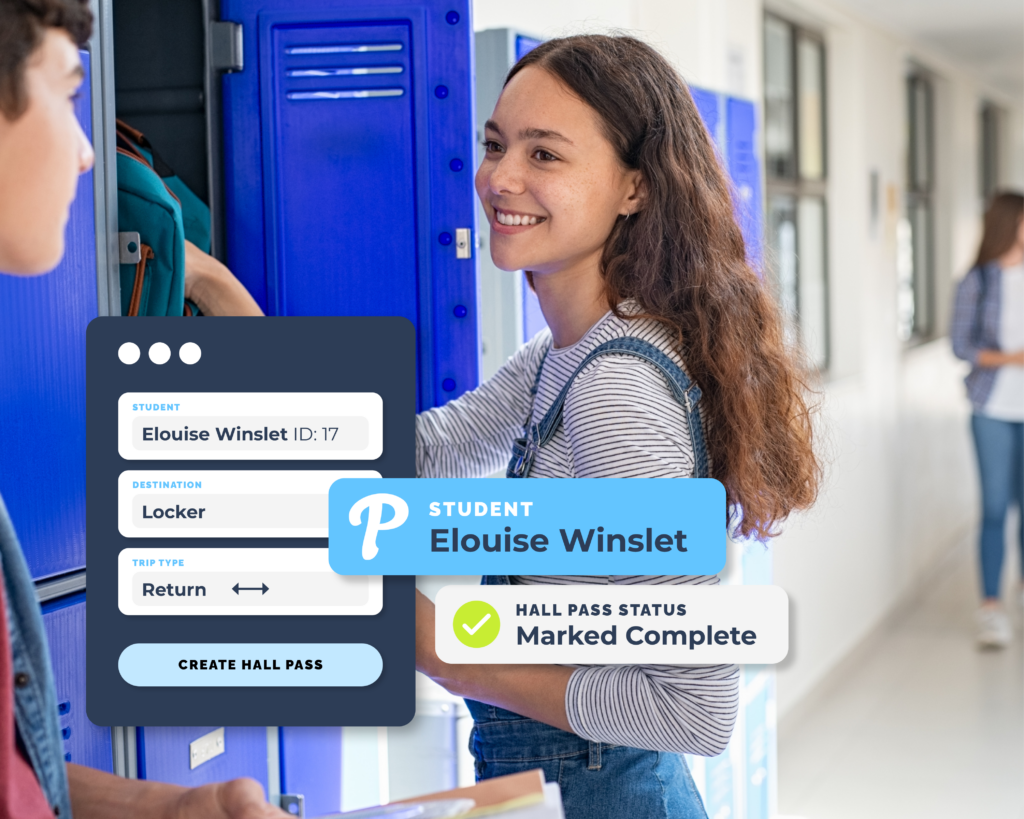Rising rates of school violence, ease of access to firearms and other weaponry, and increased sophistication of potentially threatening technology has prompted various organizations and government bodies to pursue effective counter-measures against possible risks in schools today. From school-based initiatives that focus on educating students, teachers, and parents, to technological improvements to the infrastructure of the school, itself, changes are being made to restore safety and security in school across the country. One of these methods is through the COPS and SVPP School Safety Grants
The School Violence Prevention Program (SVPP) is a federal grant that has been developed by the Community Oriented Policing Services (COPS), in conjunction with the U. S. Department of Justice, for the purpose of providing funding to eligible organizations. The funding has been designated for specific categories of investment that will further the awardee’s safety and security goals.
Through the use of up to $500,000 per awardee, COPS is aiming to help awardees update technological deficits, train security personnel, and educate students on proper safety and emergency procedures.
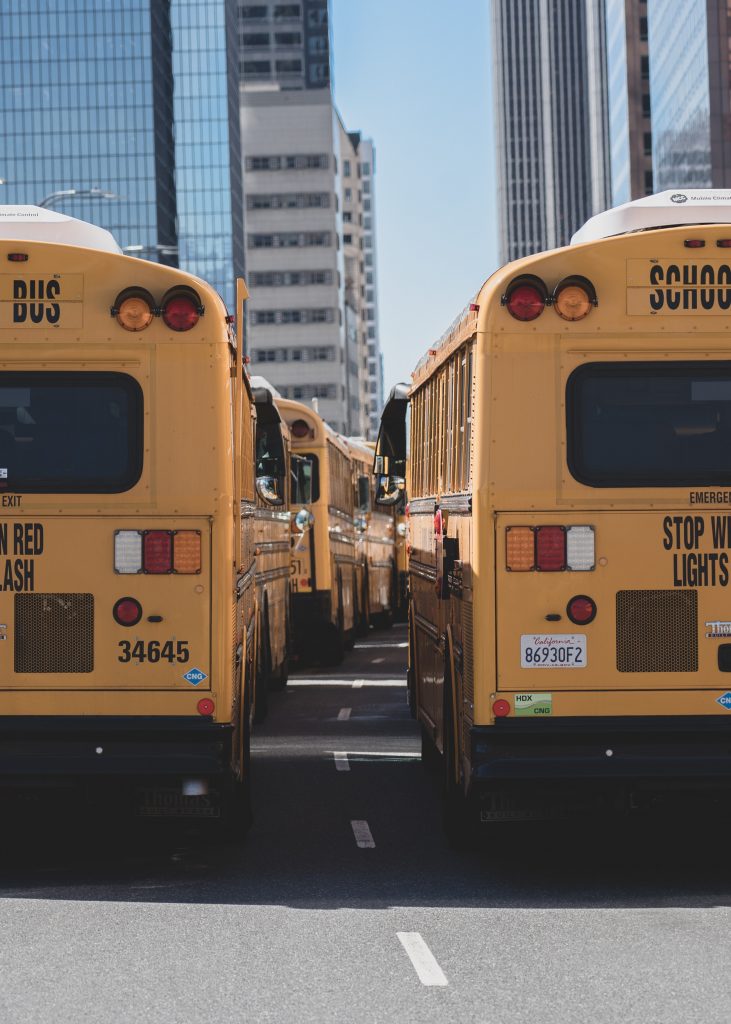
Annual Grant Money Disbursement
The COPS- SVPP School Safety Grant has previously awarded up to $25 million in 2019. Due to the success of the program and the obvious need in grade K-12 schools, this amount has doubled for 2020.
The total funding available for the 2020 SVPP grant is up to $50 million, with a cap of $500,000 per award.
Each eligible application will be reviewed, and based on the answers provided in the areas of background information, improved security needs, federal assistance needs, project and budget description, and other factors, the COPS office will decide which organization will receive the SVPP grant. Each award is made on a competitive basis and is not subject to formulas that may be in use in other programs.
It is estimated that 150 SVPP awards will be given out, which will cover up to 75 percent of the approved project, while there is a minimum match requirement of 25 percent that must be paid during the award period.
The award period for the 2020 SVPP grant will be three years, as opposed to the previous award period of only two years in 2019.
Eligibility for COPS SVPP School Safety Grant
To be eligible to apply for the SVPP grant, the completed application must be submitted to the COPS office by a state, a unit of local government (city, county, township, etc.), Indian tribes, or their public agencies, which include county or city public school systems, public boards of education, independent school districts, police departments, and sheriff’s departments.
All eligible applications will include a budget and plan for the grant, that if awarded, must be used to benefit primary and secondary schools and their students, from K-12.
As noted previously, a local match of at least 25 percent must be paid during the award period. If this match is not available, applicants can request that this stipulation be waived. However, the COPS office will only consider this waiver if the applicant has demonstrated a severe financial need.
Grant Application
Applicants must complete a two-step process in order to apply for the School Violence Prevention Program grant. First, eligible applicants must register through www.grants.gov and complete an SF-424. Once completed, the SF-424 must be submitted through grants.gov.

After submitting the SF-424 through grants.gov, the COPS office will send an automated email invitation that includes instructions for the applicant to follow to best complete the second part of the SVPP application. The second portion of the application process is completed through the COPS office online application system.
Please note, applicants must have a DUNS number, which is required for all agencies that request federal funding. They must also have an active registration in the System for Award Management (SAM) database. SAM registration must be updated annually to maintain an active status.
It is suggested that applicants review the status of their DUNS number and SAM status, as it takes at least 5 days to receive this information if you do not already have it.
The following application topics have been designated as critical information by the COPS office, and should be reviewed in depth prior to submitting an application to ensure that appropriate detail and critique has been applied to the applicant’s plan.
The Applicantion Must Include:
- A detailed explanation and plan for the intended uses of the funds provided under the SVPP grant
- An explanation for how the proposed activities that are to be funded by the SVPP grant will meet the purposes of the grant
- A plan for coordination with local law enforcement and the extent of their involvement in the applicant’s plans
- Any training that the SVPP grant would fund, including training for law enforcement officers to help prevent student violence against others and their self
- Training plans for school staff
- The rationale behind specific placement and use of metal detectors, locks, lighting, and other deterrents
- Demonstrated knowledge of proposed technological upgrades, including technology for expedited notification of local law enforcement during an emergency
- Details regarding any other measures that the applicant proposes that would provide a significant improvement in safety and security
A successful application will also be accompanied by an assurance that the application for the SVPP grant was completed after consulting individuals who are not limited to law enforcement, such as, school violence researchers, licensed mental health professionals, social workers, teachers, principals, and other school personnel. This is to ensure that any proposed improvements that are to be funded by the SVPP grant remain consistent with a broad approach to preventing school violence and that the needs of the individual institution will be met by the proposed plan.
Applicants that do not provide this assurance will not be eligible to receive funding from the SVPP grant.
Categories Covered by COPS- SVPP School Safety Grant
Agencies that are applying for the SVPP grant have the option of requesting funding for costs that fall under one of the following categories, so long as they can adequately prove that the costs are related to the SVPP project.
Coordination
New or existing positions, including project coordinators, project managers, technology managers, emergency management coordinators, and trainers, can be funded through the SVPP grant, provided that the eligible applicant describes in detail the role that these individuals will be fulfilling and how it relates to the SVPP project. If approved, the grant can be used to pay salaries and provide benefits to fund these positions.
Equipment/Technology
Equipment and technology are an ever-expanding branch of investment for schools. As technology continues to advance, it is becoming more important for schools to update their technological security and retrofit existing equipment to ensure that it meets the new standards for today’s safety and security.
Applicants must include the various types of equipment or technology that they would like to work to retrofit or upgrade, the impact that these upgrades will have on school safety and security, and they must demonstrate how these upgrades apply to the COPS- SVPP School Safety Grant program.
Examples of equipment and technological updates are given below:
- Entry control equipment
- Door locking mechanisms and access control doors
- Peepholes for classroom doors
- School site alarm and protection systems
- Motion detectors
- Metal detectors and X-ray machines (including portable)
- Hand held
- Walk through
- Lighting (on school grounds)
- Communication technology
- Emergency call box
- Intercom or public address (PA) system
- Panic and alarm systems
- Two-way radios
- Emergency alerts
- Automated text messages or email
- Identification technology
- ID scanning devices (and accompanying equipment)
- Laptops (directly related to SVPP)
- Maps of schools or bus routes
- GIS Software
- Printers (directly related to SVPP)
- Social media monitoring
- Automated scans of online content
- Tracking systems
- Smart phone applications
- Video surveillance technology
- Surveillance cameras or systems (and accompanying equipment)
- Violence prediction technology
- Data-driven software
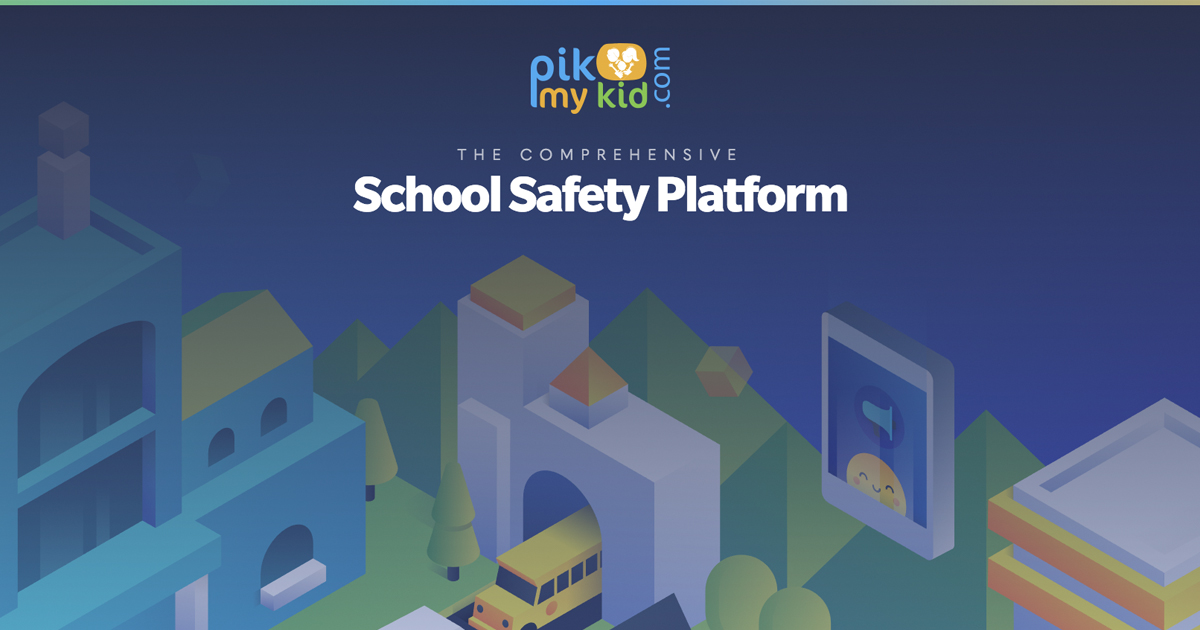
Supplies
Supplies can include any materials that are used in the fulfillment or the pursuit of upgrades, programs, or training that is directly related to the SVPP project. These materials can include training manuals, paper, printer ink, pens, postage, staples, paper clips, and more, provided that these items are consumed during the course of the SVPP project.
Travel/Training
This category primarily refers to training programs that may be implemented with the funding provided by the SVPP grant. These programs can be run to train school staff, local law enforcement, or even the students, themselves on how to keep schools safe. Depending on where training sessions are to be held, this category can also be used to fund training related travel expenses, including transportation, lodging, meals, and incidental expenses. However, travel expenses will be reviewed to ensure that the amount being spent is appropriate for the duration and location of the training session.
Applicants are encouraged to fully detail their plans for training, including personnel to be involved, proposed training plans, and possible training locations and organizations.
Subawards
If an applicant is awarded the SVPP grant, they may use a portion of the funds to contract or make subawards to local educational agencies, nonprofit organizations (excluding schools), and units of local government or tribal organizations, provided that these contracts or subawards are directly related to the fulfillment of the plan proposed to the COPS office for the SVPP grant.
Consultants/Contracts
Consultants and contracts can be funded by the SVPP grant provided that their usage directly contributes to the implementation or enhancement of the SVPP project. While it is acceptable to employ these individuals and organizations, it is suggested that consultants be used more economically to provide one-time training, analysis, installation, or testing, rather than to use the funds provided by the SVPP grant to employ these consultants full-time.
Compensation for consulting services must be consistent with that paid for similar services in the marketplace and must be attributed to a specific portion of the SVPP project to ensure that the consulting services are only being used to further the goals of the SVPP grant. Rates for consultants will be based on the rates that the consultant receives from their primary employer and will not exceed $650 per day, unless specifically approved by the COPS office through a written justification to be provided by the applicant. Approvals will be made on a case-by-case basis.
Other costs
Costs that fall outside of these categories, but that have been demonstrated by the applicant to be necessary in fulfilling or furthering the goal of the SVPP project, may be eligible for funding. These costs can include fencing, gates, poles (for lights or cameras), shipping costs, software warranties, maintenance agreements, and other miscellaneous items that are necessary to ensure that the COPS- SVPP School Safety Grant project attains full implementation.
Other Available Federal Grants
The Trauma Recovery Demonstration Grant Program
This program is available in Alaska, Delaware, Hawaii, Louisiana, and Nevada. The Trauma Recover Demonstration Grant Program has been created to fund programs that have been designed to help students from low-income families who have experienced trauma that negatively affects their education. This ensures that these students have access to trauma-specific mental health services.
The Mental Health Demonstration Grant Program
The Mental Health Demonstration Grant Program has been designed to fund opportunities for high-quality, trained professionals to enter high-need schools, in order to provide mental health services and supports that include social and emotion learning, resilience, positive connections between students and adults, and overall mental wellness.
Project Prevent
Communities across the country that experience consistent issues with pervasive violence may be eligible for the Project Prevent grant, which helps schools to identify, assess, and serve students that may have been exposed to ongoing violence at home, at school, or on their own.
This project works with schools to provide mental health services that are specifically trained to deal with trauma, anxiety, abuse, and to build conflict resolution programs that students can actively participate in, with the goal of breaking the cycle of violence in these communities.
The School Climate Transformation Grant Program
The School Climate Transformation Grant Program acts to help schools to connect with students and address growing concerns within the climate of the school. These concerns can be related to racial or cultural differences within a student body, drugs circulating within the school, or gang influence that is impacting the overall safety and security of the school climate.
Recommendations and Best Practices for Your Grant Applications
When you are applying for a federal grant you will want to follow some guidelines and common practices to ensure that your application stands out from the crowd and gets the attention of those reviewing it.
You must put together a statement that aligns with the grant’s project goals, communicates the experience and authority with which you approach the project, and includes several reasons for why your organization needs the grant.
Following this, you will need to formulate a plan that incorporates the goals of the project, how you will use the funding if your organization is selected, what the outcome of your project plan will be, and the proposed project timeline to complete your project. Each phase of the project and the proposed outcomes (lower percentage of violence in school, increased test scores, increased attendance, etc.) will require statistics to support the hypothetical improvements so that your proposal carries merit, rather than just experimental goals.
Grant Writing Tips

Tip 1: Think Like a Reviewer
When you are writing your grant, you will find it helpful to think like the reviewer who will be looking over your proposal. If you were in the opposite position, tasked with sifting through hundreds or thousands of grant applications, what items would stick out as immediately entrancing, versus immediately discouraging?
For example, grants that focus primarily on hiring new resources using grant funds without a plan to adjust the organization’s own budget so that the new staff can be kept on at the end of the project will likely not receive funding. this is because the plan is short-sighted and any improvements that could be made by bringing in the new staff will likely be reversed when they are no longer able to be kept employed.
Ensure that you tie your organization’s plans back to the grant-providing organization’s goals as often as possible to ensure that the beneficial outcome shared by the two organizations is understood by the reviewer.
Tip 2: Support Your Points with Real Facts and Statistics
Proposing an amazing plan that will increase security and safety across the community while only costing a small amount of what is offered in a grant is a great way to get attention and approval, if you have the facts to back up the plan. However, without statistics and factual findings that dictate to the reviewer exactly how your proposed alterations or updates will improve the safety and security of the school, you may as well be talking about magically transforming the entire school experience. Without statistics to prove that your changes will actually make a difference, your organization will not likely receive funding.
Tip 3: Be Realistic About Impact
If your school currently ranks in the bottom 100 schools in the country in terms of academic scores or overall student wellness, it isn’t likely that one grant will radically shift your position. Keeping this in mind, it would be unrealistic and therefore, detrimental to your application if you claimed that your proposed changes would see your school sitting in the top 100 by the end of the project plan.
Stay realistic to ensure that the reviewer knows that you have researched and educated yourself and your organization on the appropriate expectations and outcomes of your proposed project. Presenting a fact-based proposal helps the reviewer sift through the fluff in an application and see the bones of your plan for what they are. If your plan is truly capable of doing what you claim and you have supported these claims with factual information, you are far more likely to be chosen for a grant than if you had claimed benefits that were unlikely to occur.
2020 COPS- SVPP School Safety Grant Timeline
Applications will begin to be accepted for the 2020 School Violence Prevention Program on February 4, 2020.
Applications must be submitted following the two-step submission process, detailed above, by April 8, 2020 at 7:59 p.m. EDT. Any applications submitted after this period will be considered ineligible for funding unless an adequate explanation is provided to the COPS office.
If selected to receive the COPS- SVPP School Safety Grant, the COPS office will notify the applicant electronically. At which point, the applicant must access www.cops.usdoj.gov and select the “Account Access” tab in the upper right corner to log in, review, and sign the award document. Doing so will officially begin the three-year (36-month) award period. Applicants will not be able to draw funds from the grant until they have signed the award document.
Budget requests associated with the COPS- SVPP School Safety Grant cannot exceed the three-year award period, unless specifically approved by the COPS office. Any funds that have not been used by the end of the three-year award period will no longer be able to be used or accessed by the awardee.
Frequently Asked Questions
How Do I Find or Obtain My Organization’s ORI Number?
Provided that your organization has applied for funding previously, the COPS office customer care center can be reached at 800-421-6770. A representative will be able to look up existing ORI numbers.
If your organization has never had an ORI number, please request one through https://portal.cops.usdoj.gov/ORIRequest.aspx or the COPS Office Customer Care Center at [email protected] or 800-421-6770.
How Do I Find or Obtain a Data Universal Numbering System (DUNS) Number?
All organizations must have a DUNS number before they can submit an application for COPS office funding. To receive this number, please call 866-705-5711 or got to www.dnb.com/us.
How Do I Renew My System for Award Management (SAM) Registration?
Applicants who are applying for federal financial assistance must have an active SAM registration before submitting an application for COPS office funding. To ensure that this information is up to date, you must update your SAM registration at least once throughout the year. To verify the expiration date of your SAM registration, please visit www.sam.gov.
What Should I Do If I Do Not Receive Notification from the COPS Office After I Submit My SF-424 and Section 1 on Grants.gov?
If you haven’t received an email from the COPS office within 24 hours, please verify with grants.gov that your information was submitted correctly. Once you have ensured that the submission was successful, you can contact the COPS office customer care center at 800-421-6770 for further instructions.
Recommended Vendors for COPS- SVPP School Safety Grant
Pik My Kid automated dismissal solution provides schools and parents with an integrated methodology for keeping track of students during dismissal to ensure that they are safe and secure on their bus, with their caregiver, or in an after-school program. Included with the school dismissal manager is indoor dismissals, emergency alerts, safe change management, authenticating custody and carpools, secure delegations, and rainy-day plans, all of which can be viewed through a district dashboard.
The Kidio silent panic button has been created for school staff members to maintain a critical link to emergency services, regardless of the situation. The panic button features a silent alarm, location tracking, contacts and messages, digital protocols and checklists, emergency resources, and text and voice syndication.
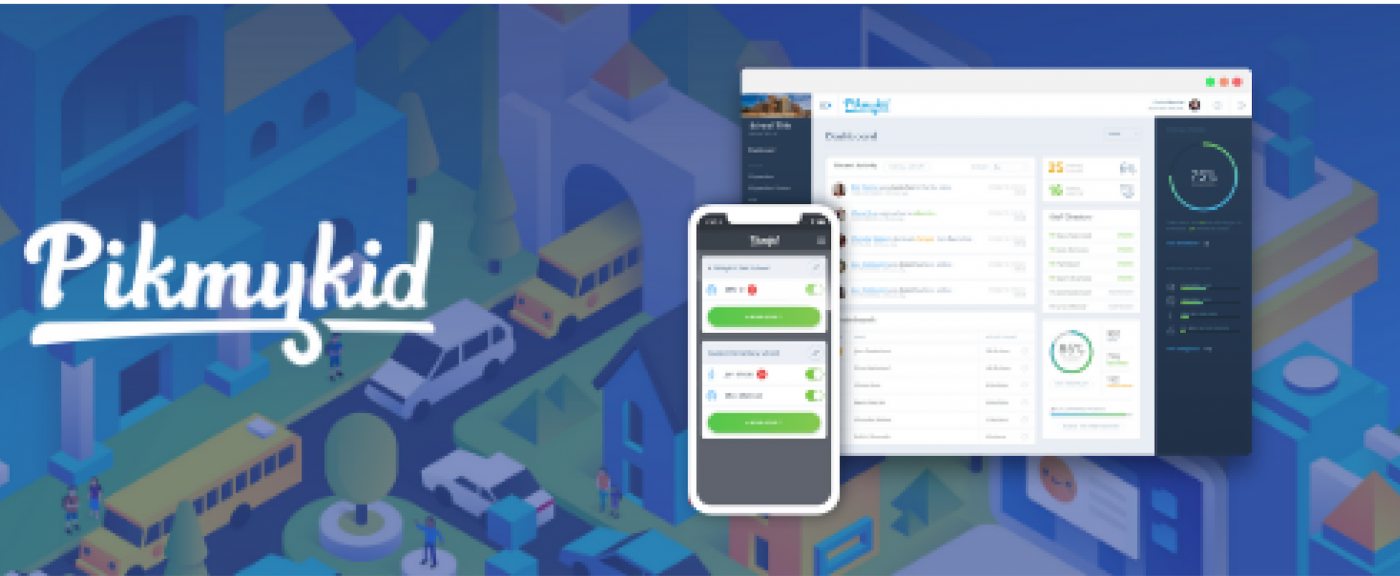
The Kidio anonymous reporting tool aims to encourage students, parents, and other individuals in the community to come forward with their concerns about strange and alarming situations. Automated processes pick out key words and designate the report as an emergency requiring immediate police attention, or a growing concern that should be addressed by school staff and community leaders.
The Kidio comprehensive safety platform includes the Kidio panic button, Kidio anonymous reporting tool, and the Pik My Kid dismissal solution to ensure that students and staff are provided with the best in innovative solutions geared to protect our schools.
